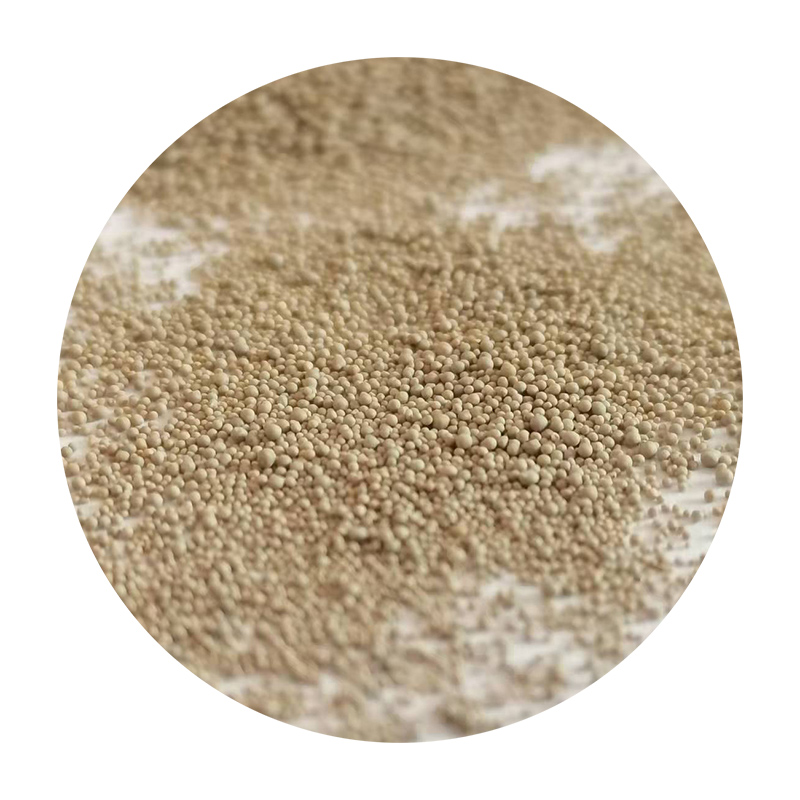Exploring Sand Casting Techniques and Ideas
Sand casting, one of the oldest and most versatile metal casting processes, has been utilized for centuries to create intricate metal objects. By using sand as the primary molding material, this method provides a unique flexibility for both artistic expression and practical applications. In this article, we will explore innovative ideas surrounding sand casting, its advantages, and some creative projects you might consider for personal or professional pursuits.
Understanding the Basics of Sand Casting
The sand casting process begins with creating a mold from a pattern, typically made of wood or metal. The pattern is placed in a sand mixture that contains clay and water, which helps bind the sand particles together. Once the mold is formed, the pattern is removed, creating a cavity that will be filled with molten metal. After the metal cools and solidifies, the sand mold is broken away, revealing the final casted object.
Advantages of Sand Casting
One of the most significant advantages of sand casting is its ability to produce complex geometries and large objects. This process is particularly suitable for metals with lower melting points, such as aluminum and copper alloys. Additionally, because sand is readily available and cost-effective, it is a favored choice for both large-scale manufacturing and small artisan projects. Sand casting also allows for the recycling of materials; spent sand can often be reused, making it an environmentally friendlier option.
Creative Sand Casting Projects
1. Sculptures and Art Pieces Artists can leverage sand casting to create stunning sculptures, from abstract pieces to realistic representations. Using a variety of metals can yield different textures and finishes, allowing for a broad range of artistic expression. Bronze and aluminum, for example, can be used to create detailed forms that capture light beautifully.
2. Functional Household Items There’s a growing trend for designers to create functional art pieces through sand casting. Consider crafting unique candle holders, bowls, or coasters. These items can serve as beautiful decor while adding a personal touch to your home.
3. Jewelry Making Smaller scale sand casting can also be applied to jewelry design. By creating intricate molds of rings, pendants, or bracelets, artisans can produce unique pieces that reflect their personal style. The process allows for various metal finishes, which can enhance the beauty of custom jewelry.
sand casting ideas

4. Replicas of Historical Artifacts For history buffs and museums, sand casting provides an opportunity to create replicas of historical artifacts. Whether it’s coins, tools, or decorative elements from various cultures, casting can preserve the details and provide educational insights into our past.
5. Automotive Parts The automotive industry leverages sand casting for producing engine blocks, transmission cases, and other complex components. The ability to cast large parts with intricate geometries makes it an essential process in manufacturing.
6. Custom Tools and Equipment Hobbyists and professionals can design and cast custom tools tailored to their specific needs. Whether it’s a personalized hammer, unique wrench, or other workshop devices, sand casting offers the precision and customization that ensures usability.
Techniques to Enhance Your Sand Casting
To elevate the quality and detail of your sand casting projects, consider the following techniques
- Use of 3D Printing Incorporate 3D printing to create exact patterns for your molds. This technology allows for highly detailed designs that traditional methods may struggle to replicate flawlessly. - Experiment with Different Sands While silica sand is common, exploring different types of sand, such as zircon or olivine sand, can affect your final product’s finish and texture.
- Finishing Touches Once your item is cast, undergo various finishing processes like sanding, polishing, or applying patinas to enhance the appearance and durability of your work.
Conclusion
Sand casting is not just a technique but an art form that blends creativity, engineering, and sustainability. Whether for artistic endeavors or practical applications, the possibilities are endless. As artists, designers, and engineers continue to explore the innovative potential of sand casting, we can anticipate many more inspiring creations in the future. If you are considering delving into this craft, let your imagination guide you, and don’t be afraid to experiment with your designs—after all, the best creations often emerge from the most daring ideas.
Post time:окт . 11, 2024 04:31
Next:investment casting sand
